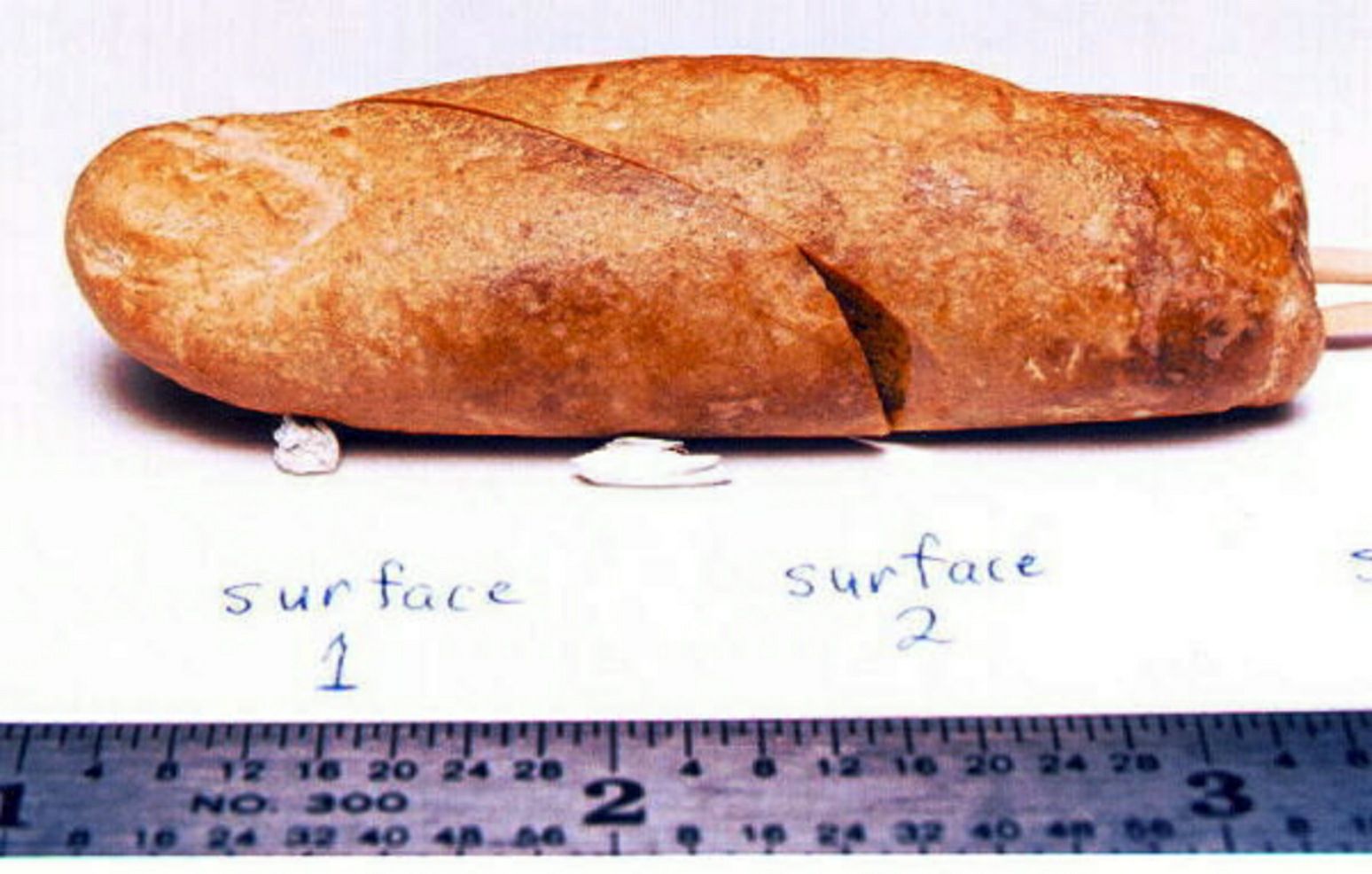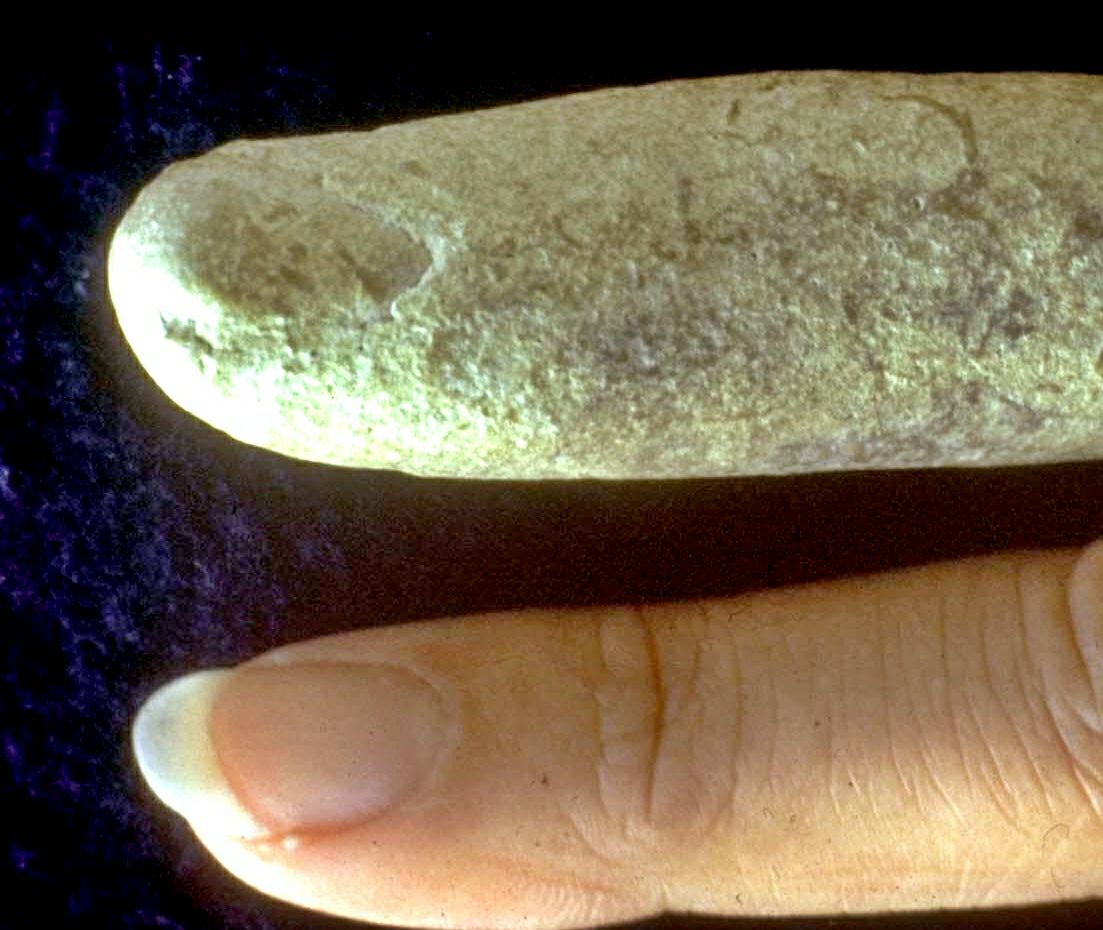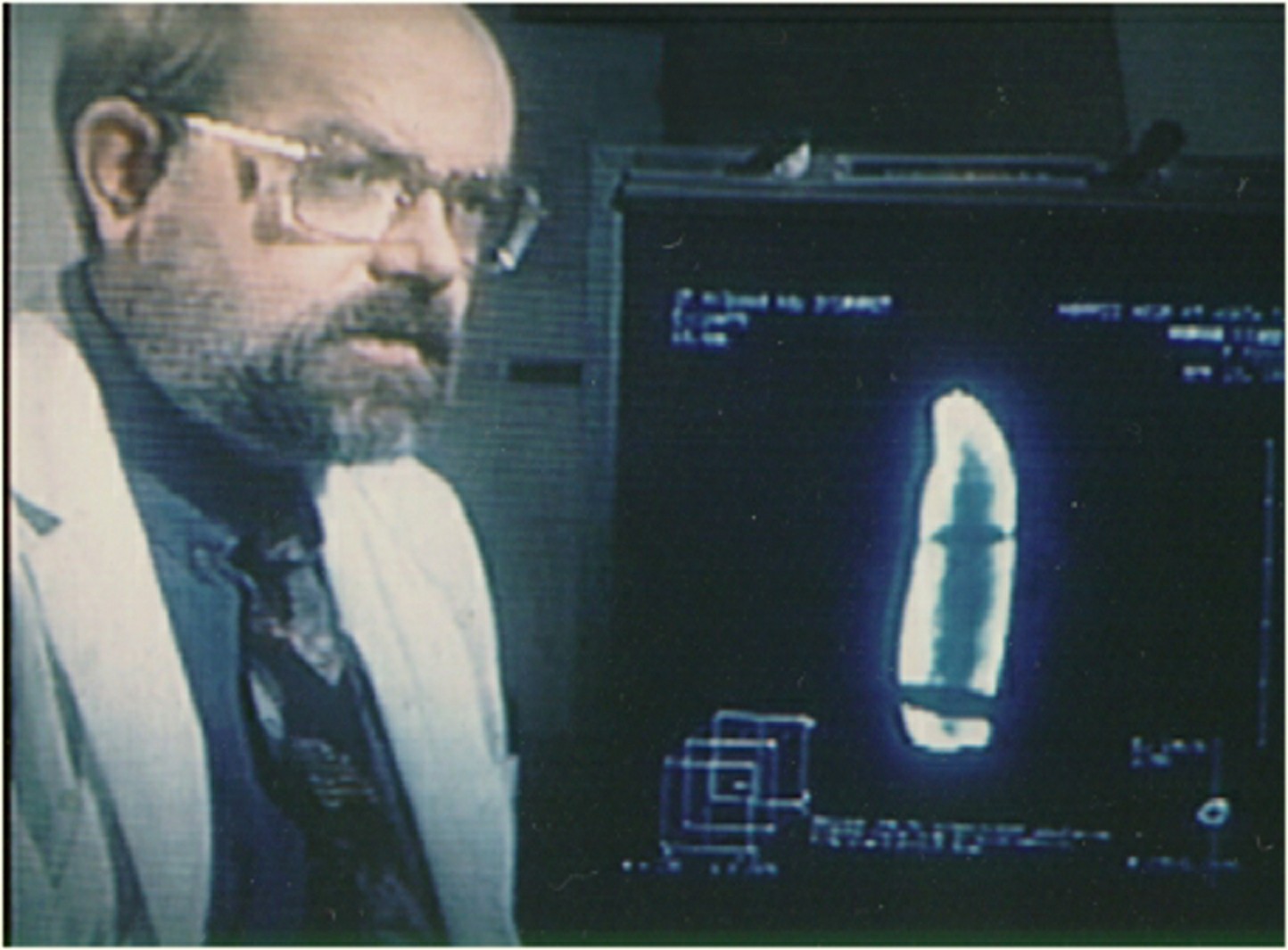According to accepted anthropology, the oldest known human fossil is 2.8 million years old and came from Africa. However, a number of discoveries that simply do not match the narrative, such as this fossilized human finger that is claimed to be 100 million years old, call into question this point of view.

In the mid-1980s, Carl Baugh and a few other creationists claim that they have unearthed an elongate rock in a gravel pile and that it was, indeed, a fossilized human finger. Carl Baugh of Glen Rose, Texas, was well-known for his numerous claims of reported out-of-place fossils and artifacts. Soon after, he started displaying it as an alleged out-of-place fossil in his “Creation Evidence Museum” in Glen Rose, Texas.
Previous dinosaur fossils discovered in the region indicated that the formation was approximately 100 million years old. In this rare instance, for soft tissue to fossilize, paleontologists established that the finger and its owner must have been buried in an oxygen-free environment within a short period of time. Individual cells would mineralize separately in a flash-burial, preserving their microscopic characteristics.

According to this hypothesis, if this is the case, the man who once possessed this finger must have died in a violent manner. Since the only way fossils can form is under extreme conditions, this was just pure luck that allowed the discovery to happen.
To gain a better understanding of this ancient finger’s inner formation, it was cut into a portion with a diamond saw, exposing distinct, concentric circles of internal structures.

During the analysis, the use of CAT scans revealed even more intriguing clues, including the presence of what seemed to be bones, joints, and tendons inside the finger. Because of the difference in their densities, they appeared as darker spots on the X-ray.
According to the researchers, although the identity of the finger cannot be ascribed to any particular individual, or to any one species, it is highly unlikely that it belonged to primates. What is yet to be answered is, how could a fossilized finger that is over 100 million years old still exist? Is it possible that a previously unidentified human species existed on Earth 100 million years ago? What if the so-called “out of place artifacts” aren’t actually that out of place?
If one claims the “finger” to be a reliable out-of-place fossil, he would need convincing documentation that it was once naturally embedded in an ancient rock formation, as well as convincing evidence that it was an actual fossil finger. So far, neither has been provided.
In fact, the lack of clear evidence about the stone’s place of origin alone undermines its possible anti-evolutionary value. It could well have been found in or near a Cretaceous gravel pile (the Cretaceous is a geological period that lasted from about 145 to 66 million years ago), as reported. But there is no distinct way of verifying this claim. Though this matter of facts doesn’t disprove those claims behind the object.
However, if the account were true as told, there remains a possibility that the object could have fallen from an overlying formation, or been tossed or intentionally placed there by someone. And yes, there is also a possibility that civilization like ours is not the first to this world. In this regard, this particular object may be disproved, but the ‘probability’ won’t be entirely disproved.
In the end, if we look back in history, we will find there are thousands of mysterious events that took place within a tiny fraction of human history. And if we keep aside the cave paintings (which wouldn’t make a big difference), the fraction that our historians and scientists really seem to know is perhaps not more than 3-10%. This is how 97% of human history is lost today.



